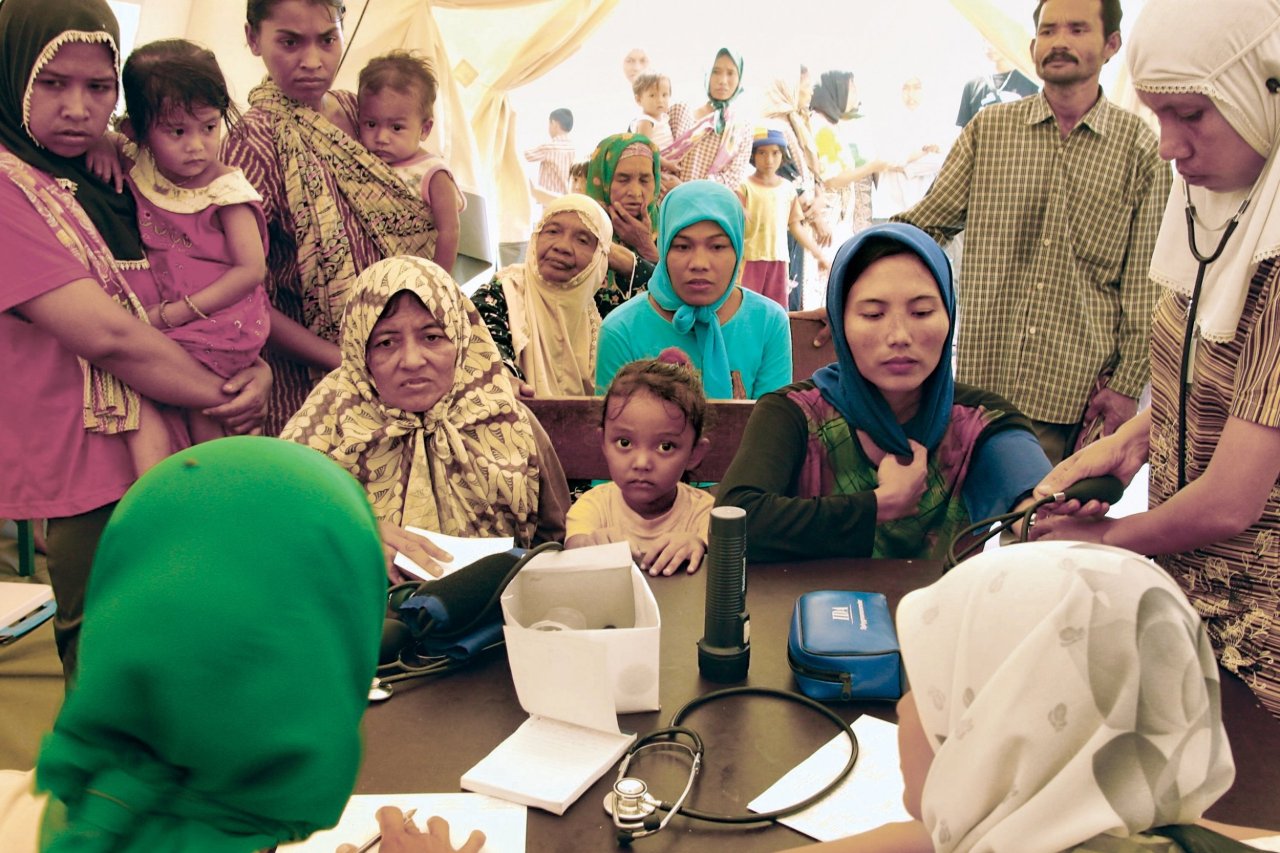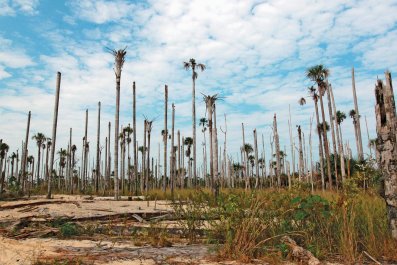UNTIL RECENTLY, lifesaving drugs were developed mostly by the rich and for the rich. The afflictions of the poor around the world got very little attention. Of 1,400 pharmaceuticals approved for human use between 1975 and 1999, fewer than 40 were for diseases typical in developing countries. But the enormous scope of the AIDS pandemic in Africa, and the outrageous costs of lifesaving anti-retroviral treatments patented (not to mention priced) for the Western market, sparked an international furor. Western governments and private foundations funded massive research on HIV/AIDS, malaria, tuberculosis, and other neglected diseases. Pressure mounted on the pharmaceutical companies. South Africa and Brazil moved to break the patents. And by 2005 the price of the anti-retrovirals had dropped from $12,000 to $200 a year. But Thomas Bollyky at the Council on Foreign Relations warns of a new "pharmageddon." Well over half of the world's population lives in "middle income" countries where noncommunicable diseases like cancer and diabetes are the big killers. The rich are getting the drugs they need; the poor still aren't. Rather than dictate prices or break patents, Bollyky suggests focused strategies and special discounts for the poor.
Stopping the Next "Pharmageddon"





























